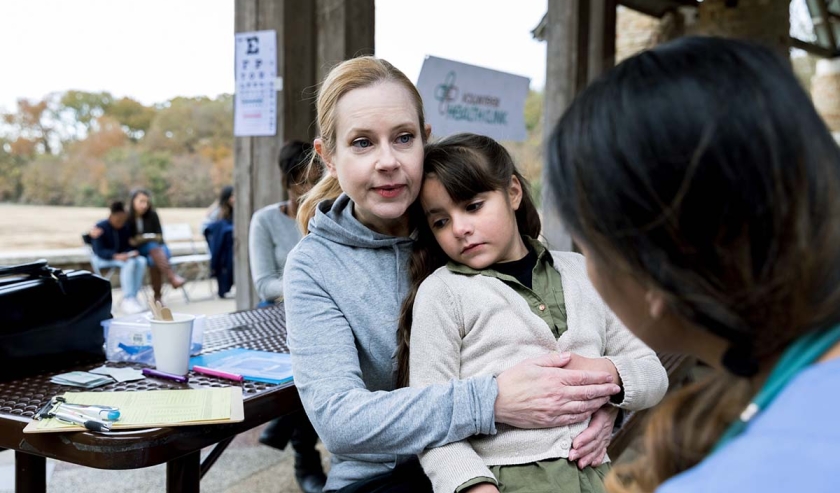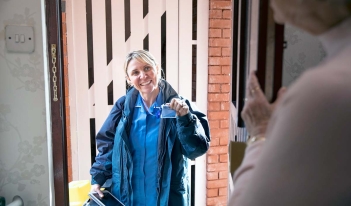In a child’s life, everything is connected. So, a nurse working within a primary school in a regional community may be making positive impact not only on students’ health, but on their school attendance, their mental health and their parents’ wellbeing.
Measuring these impacts, though, can be complex.
CEI is excited to be part of an evolving story of implementation, scaling and quality improvement in Victoria’s Latrobe Valley – the Community Health Nurse in Schools program, in place since 2017.
A collaboration between Latrobe Community Health Service, the Latrobe Health Assembly and the Victorian Departments of Education and Families, Fairness and Housing (DFFH), the program employs community health nurses part-time in local primary schools, to provide primary care and to deliver health promotion activities to students.
“School-based nurses are not a new idea,” says Tom Steele, CEI Advisor. “It is generally accepted that education, health, and wellbeing related outcomes are linked with children’s attendance at school. The challenge for the nurses, though, is to address both children’s immediate and longer-term needs, all of which can be related to broader family and community health and wellbeing.”
“In our evaluations, we’ve found nurses are doing everything from providing treatment and care for health conditions, to screening and facilitating referrals to specialists. They’re also assisting families, providing counselling and designing health education curriculum.”
These findings are consistent with other models of school-based nursing programs in Australian schools and overseas; these programs are doing a lot of good for the school community, but structures to capture how such programs are implemented and evaluated can be elusive.
CEI evaluated the first three years delivery of the Latrobe program in 2020 – when it grew from a single pilot school to eight schools over a period of 20 months. This initial evaluation found a clear need for the program, and that nurses were helping children and families both in navigating the health system and addressing concerns. However, nurses were delivering services in different ways from school to school. The CEI team recommended that notwithstanding the importance of catering for individual needs within schools, there were opportunities for streamlining the scope of nurses’ work, especially in health promotion and the delivery of content which is largely similar across schools.
“We knew from the nurse outreach data and from speaking to school principals that the nurses were doing a power of work in all the schools,” says Tom. “But, because their role was very much responsive to need, especially when they were starting out, it was challenging to evaluate the overall impact of the program.”
These recommendations led to series of workshops presented by the program steering committee, with assistance from CEI: developing indicators for a health promotion ‘curriculum’ that nurses could deliver, as well as refining the program objectives and enhancing and trialling data collection tools and measures aligned to these refined objectives.
“It’s such a pleasure to be able to continue this journey with the program,” says Tom. “By the end of this second evaluation, we’ll better understand the program’s implementation, onward progress since the 2021 workshops and – excitingly – be able to look ahead to the program’s future sustainability and scalability.”
“Even at this early stage of our latest evaluation, we are already seeing how a clearer set of health promotion activities and programming helps nurses in their day-to-day practice. The ‘nurse curriculum’ is helping them deliver standard, evidence-based content on a range of key issues for primary school-aged children – from hand hygiene to puberty – while also freeing up time so they can screen more children for aligned health services like dental, hearing or paediatrician referrals.”
The evaluation is due to be completed in late 2023.

